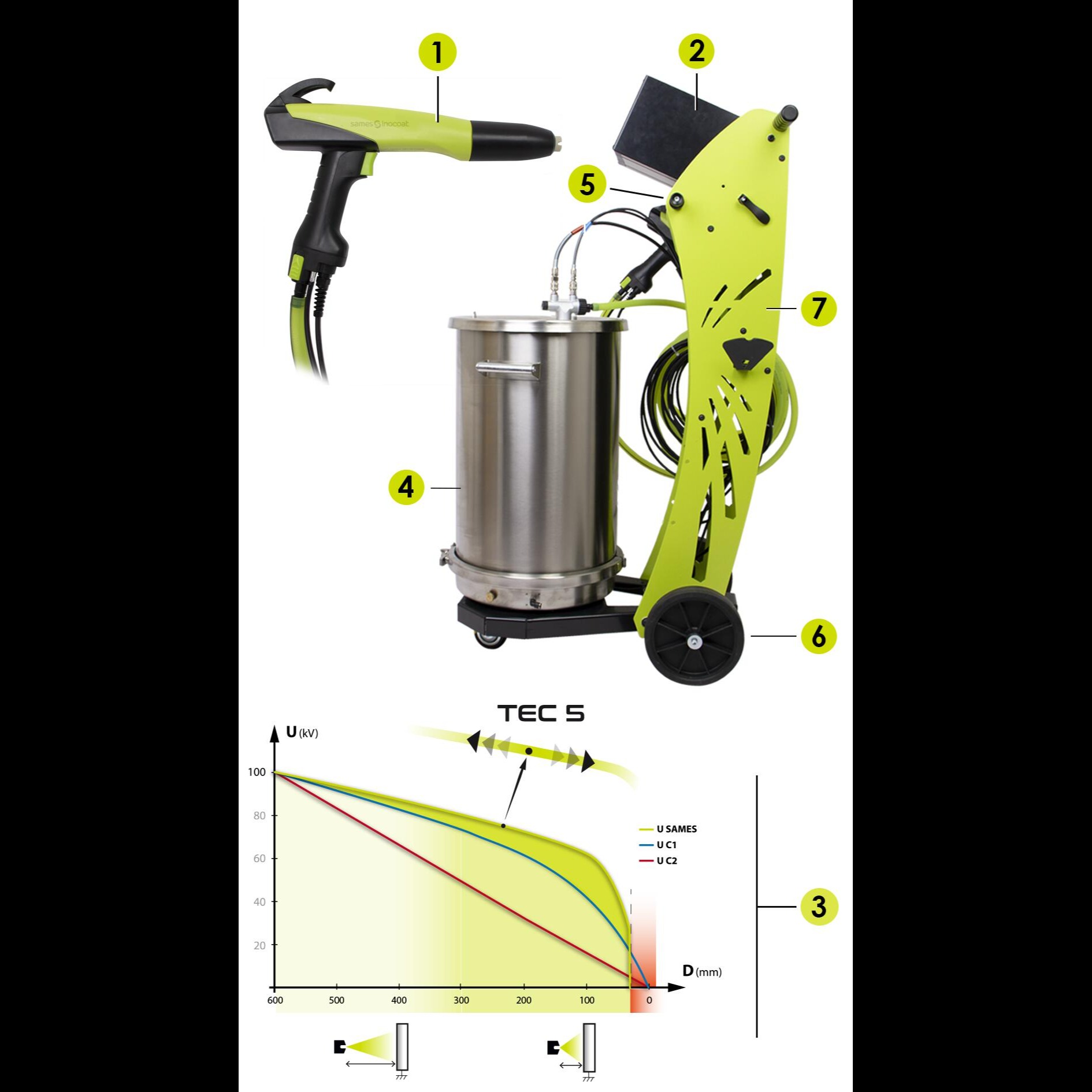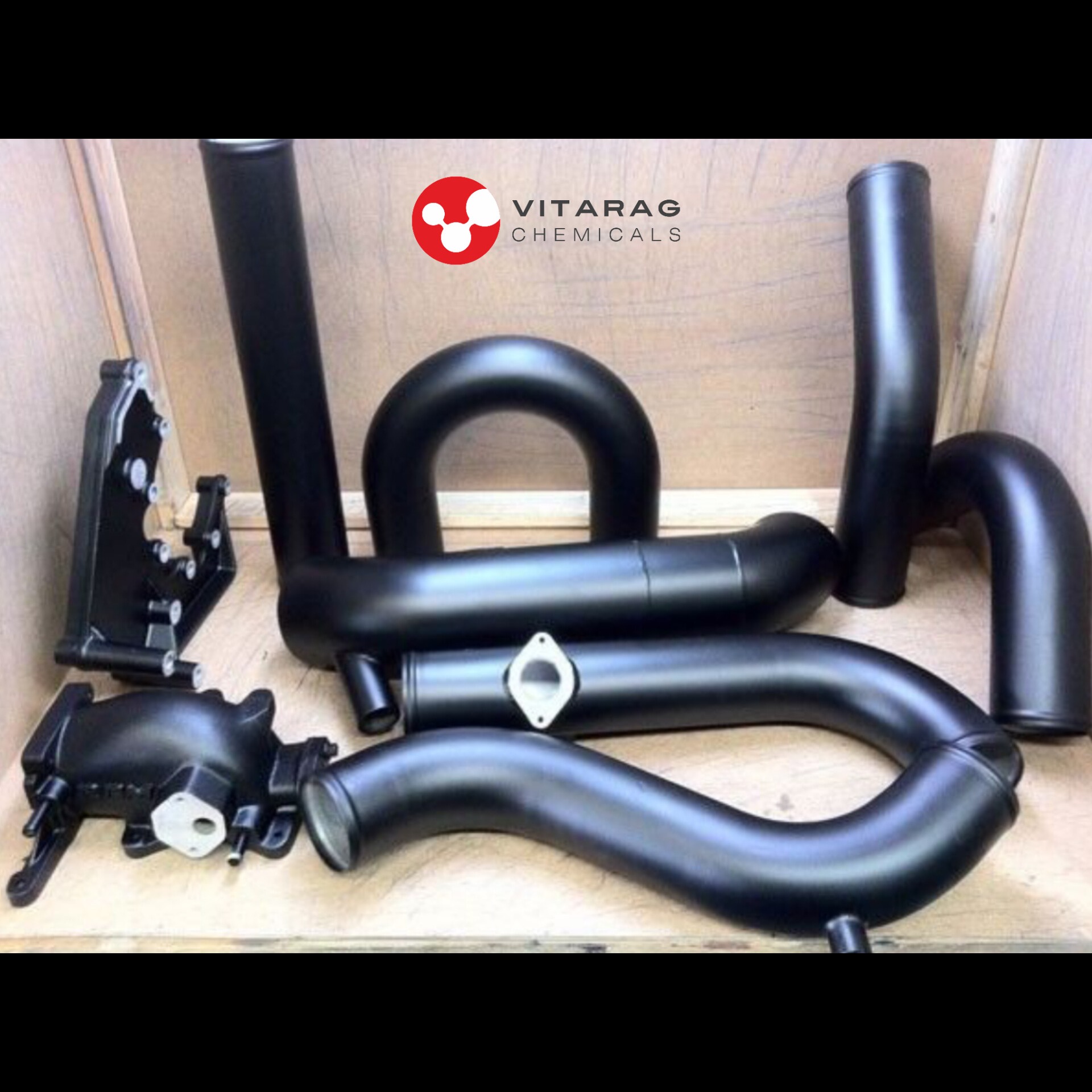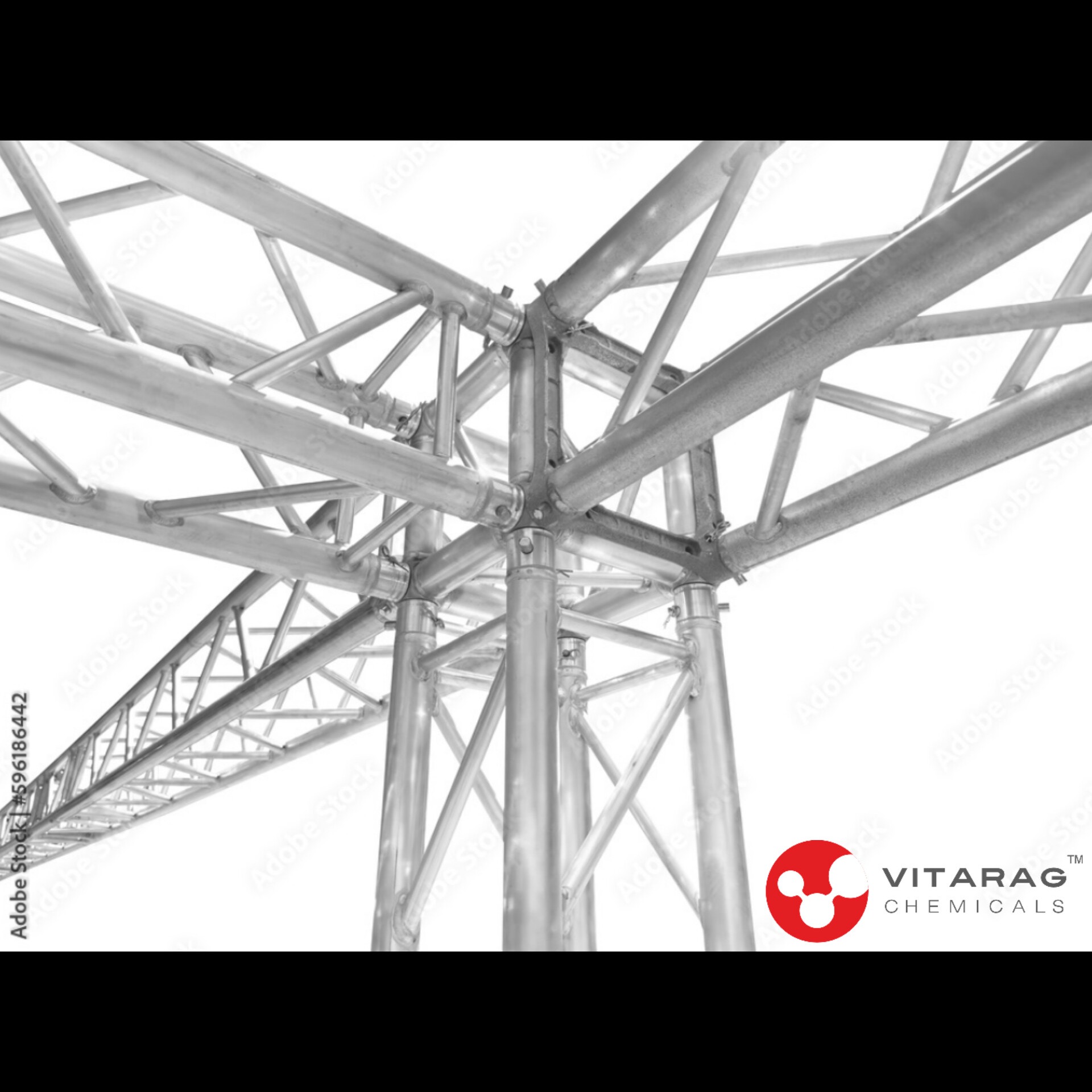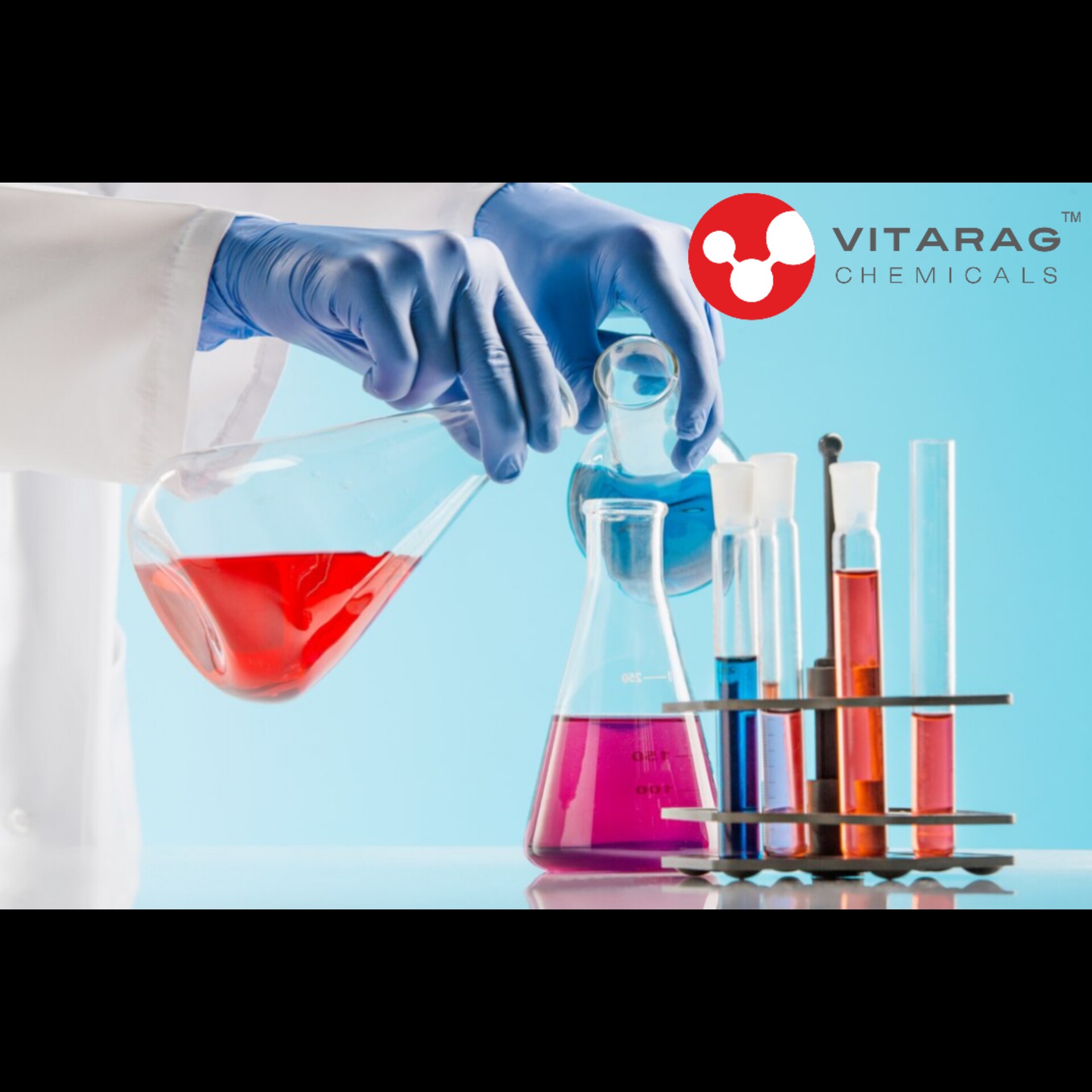
Metal blackening process
Metal blackening, also known as black oxide coating or blackening, is a conversion coating process used to improve the appearance and corrosion resistance of metal parts. The process involves a series of chemical baths that convert the surface of the metal into a thin layer of black oxide. This layer provides a durable finish that enhances the aesthetic appeal and offers some level of protection against rust.
*Steps in the Metal Blackening Process
1. Cleaning: The metal parts must be thoroughly cleaned to remove any dirt, oil, grease, or other contaminants. This is typically done using alkaline cleaners or degreasers, followed by rinsing in water. Proper cleaning is crucial for the subsequent steps to be effective.
2. Rinsing: After cleaning, the parts are rinsed in water to remove any residual cleaning solution. This step is essential to prevent contamination of the subsequent chemical baths.
3. Pickling (optional): For some metals, especially ferrous metals, an acid pickling step is used to remove any oxides or scales from the surface. This involves immersing the parts in an acid bath, followed by another rinse.
Keywords
oil
dirt
rust
rinse
water
level
oxides
grease
series
scales
Rinsing
surface
acid bath
protection
appearance
thin layer
metal parts
contamination
ferrous metals
durable finish
Proper cleaning
subsequent steps
aesthetic appeal
alkaline cleaners
other contaminants
acid pickling step
black oxide coating
corrosion resistance
Metal blackening process
subsequent chemical baths
residual cleaning solution
conversion coating process




